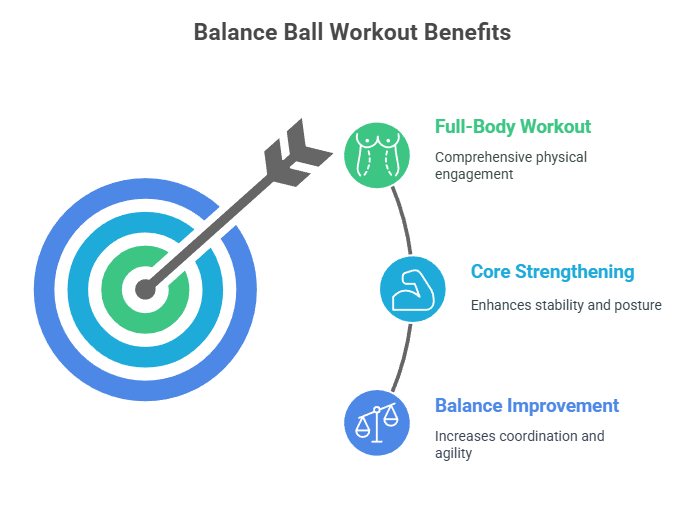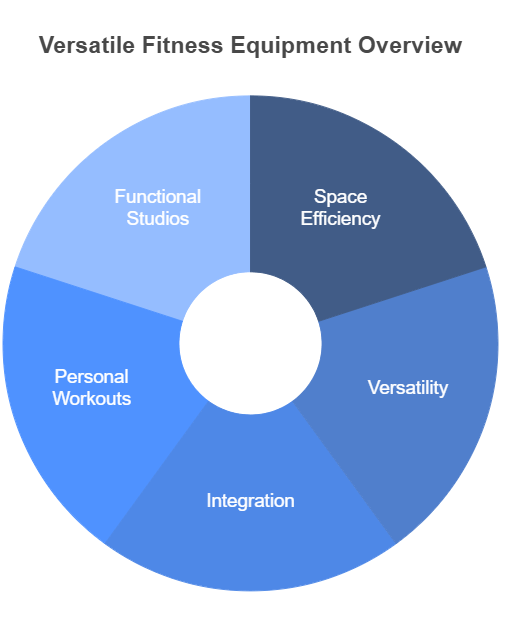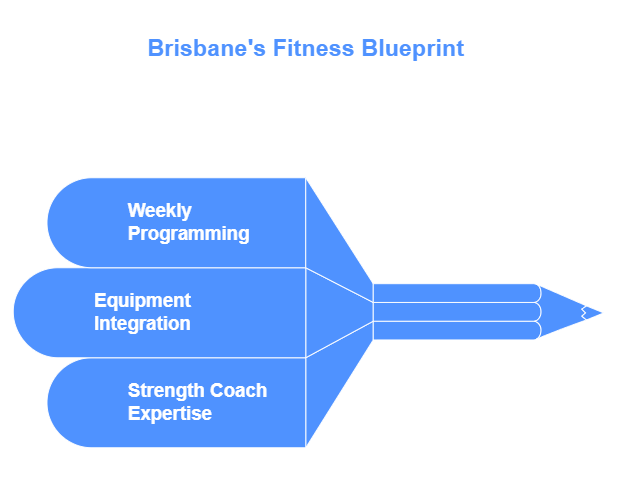
In the world of functional fitness, the tools you use often define the results you get. Whether you're a home fitness enthusiast or a small studio owner, finding versatile, space-efficient gear is essential. A Balance Ball has quietly become one of the most underestimated tools for building strength, coordination, and flexibility—all in one compact design.
At first glance, it may look like a simple half-dome or inflatable disc. But when used strategically, it challenges your body in ways traditional weights and machines can’t. For many Australians focused on well-rounded training, it’s become the go-to solution for effective full-body workouts.
The Science Behind Instability Training
What makes this tool so effective isn’t just its portability—it’s the instability it introduces. Your body must recruit multiple muscle groups to stay balanced, which means even basic movements like squats, planks, and lunges activate more core and stabiliser muscles.
A 2020 study published in the Journal of Sports Science & Medicine found that exercises performed on unstable surfaces increased core engagement by up to 47% compared to traditional stable-ground exercises. This kind of activation is key for functional strength and injury prevention.
In practical terms, this means that one piece of equipment can turn a typical leg day into a dynamic, full-body challenge, without the need for heavy weights or complicated machinery.
Perfect for Home Gyms and Small Studios

If you're in Australia and running a PT business or training from home, space is precious. Larger machines and benches can dominate the floor, making it hard to switch between clients or even fit in your workouts.
Enter the low-profile, high-impact design of a stability trainer. Compact and lightweight, it's easy to store and quick to reposition. Many trainers across Australia are incorporating them into mobile sessions, outdoor bootcamps, and group circuit formats.
A Melbourne-based trainer shared how transitioning to dynamic equipment like this not only helped her clients avoid plateaus but also saved her thousands on bulky commercial gear. Her clients enjoyed the variety, and she appreciated the minimal maintenance and transport-friendly design.
Full-Body Movements You Can Try
Adding this tool into your sessions doesn’t mean overhauling your entire routine. Instead, start by upgrading movements you already know:
1. Push-Ups
Performing push-ups with hands or feet elevated on an unstable surface targets the chest, shoulders, triceps, and most importantly, the core. Even seasoned athletes feel the difference.
2. Squats and Lunges
Standing on the flat side adds an extra layer of challenge to any lower-body routine. Your body naturally corrects imbalances, helping strengthen stabilisers that don’t usually get much attention.
3. Dead Bugs and Planks
Core stability exercises become far more intense when the ground is no longer reliable. This helps with spinal alignment and deep core activation—key for both performance and injury prevention.
Fitness professionals have found that integrating just 10 minutes of instability training per session delivers noticeable improvements in proprioception and muscle coordination over time.
Rehab, Seniors, and Low-Impact Training
While it’s powerful for performance, this type of equipment is equally effective for rehabilitation and mobility work. Because it’s soft and adaptable, it offers a safer alternative to high-impact movements for seniors or those recovering from injury.
Physios and personal trainers working with aging populations love the dual benefit: it promotes movement while reducing joint stress. Exercises like seated presses, assisted squats, and light resistance work become more functional when performed on an unstable platform.
An Adelaide-based trainer working with NDIS clients incorporated the tool into weekly routines and saw dramatic improvements in walking gait and coordination, all within six weeks of consistent training.
The Mind-Body Connection
Training with instability doesn’t just challenge muscles—it also boosts mental engagement. Unlike machines, which guide your body through a fixed range of motion, dynamic surfaces require constant focus and self-correction.
This engagement leads to better neuromuscular coordination, improved reaction times, and even enhanced posture. Clients often report feeling more “in tune” with their bodies after just a few sessions. For individuals who spend long hours at desks or behind screens, this improved awareness can translate to fewer aches and better movement quality throughout the day.
A Smart Investment for Aussie Fitness Businesses
For fitness professionals and small business owners across Australia, making strategic gear choices is crucial. You want tools that deliver value without breaking the bank—or dominating your floor plan.
That’s why many trainers are sourcing their gear through trusted providers like Bosu Australia, which offers durable, commercial-grade balance trainers tailored to both home users and professional settings. With the right model, you get a low-maintenance, high-function training platform that can serve a wide range of clients, from athletes to rehab patients. If you're local and want to try it out in person, visit our Mawson Lakes location to explore a curated range of functional fitness tools.
Whether you're building packages for corporate wellness programs, home visits, or studio memberships, including dynamic training options adds value to your offering.
Programming for Success: Tips and Structure
To get the most out of your equipment, integrate it across your weekly programming. Here’s a sample template used by a Brisbane-based strength coach:

Monday – Lower body + balance: Squats, lunges, and step-ups on the dome
Wednesday – Core and stability: Planks, side holds, dead bugs
Friday – Full-body circuits: Push-ups, dynamic squats, shoulder presses
Sunday – Recovery and mobility: Hip lifts, band pulls, stretching
The idea is to use it strategically, not just as a gimmick, but as a core part of movement progression. It’s also a great finisher for high-intensity sessions or a warm-up tool to activate stabilisers.
Real-World Feedback: From Home Users to Coaches
An Adelaide-based trainer working with NDIS clients incorporated the tool into weekly routines and saw dramatic improvements in walking gait and coordination, all within six weeks of consistent training.
For more on the science and technique behind this approach, check out this guide on how a half balance ball can improve your stability.
These aren’t one-off stories—they’re a reflection of how smart, focused training with the right equipment can elevate anyone’s fitness journey, regardless of age or experience.
Sometimes, the most effective solutions are also the simplest. In a world obsessed with bulky machines and trendy tech, the humble trainer stands out for one reason: it works. It challenges the entire body, boosts coordination, and fits seamlessly into almost any training environment.
Whether you're training elite athletes, guiding beginners, or simply trying to stay strong and mobile at home, this one tool can help transform your sessions. And with quality options from providers like Bosu Australia, you can invest with confidence, knowing you’re choosing gear built to last and designed to deliver.



Write a comment ...